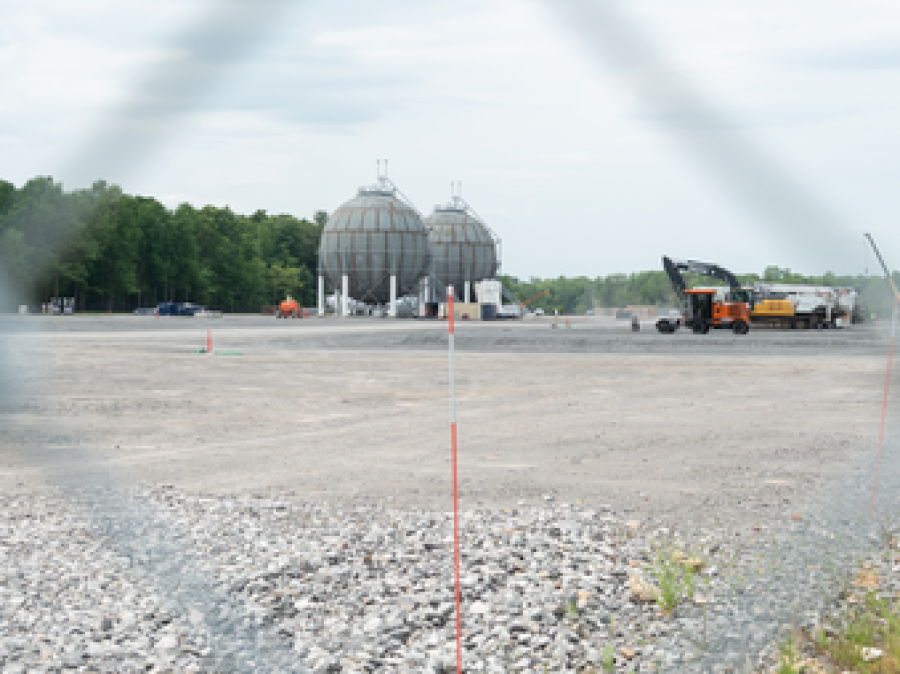
On December 26, 1862, thirty-eight Dakota men were hanged at Fort Snelling in Mankato, Minnesota in the largest mass execution in the history of the United States. Ordered by President Abraham Lincoln, the execution functioned as the U.S. response to the killings that took place during what is now known as the “U.S. – Dakota War.” As a method through which to commemorate the loss of life and counteract the horror of the tragedy, every year, people of the Dakota Nation travel parts of the country by horse, spreading messages of harmony.
The Unity Ride is the official name for this voyage led by the Dakota Nation Unity Riders of Manitoba, Canada, who incorporate horses as “instruments of the healing journey.” Traditionally, the riders have made the 300-mile trip from their home through South Dakota, and ending at the site of the 1862 hanging. In July of this year, the riders began their journey once again.
The 2013 Unity Ride, led by Chief Gus High Eagle of the Western Dakota Nation, has differed from past years in a few respects. First, the riders traveled far beyond their customary path, beginning their ride in Albany, NY on July 27 and journeying down the East Coast. This voyage is 4,000 miles, more than ten times the typical distance, including stops throughout New York State and Connecticut, culminating in a larger event at the UN for the presentation of the International Code for Sacred Sites on August 9 in New York City, and eventually ending in Washington D.C. Throughout New York State, the Unity Riders have made numerous stops in order to visit, celebrate, and fundraise. Stops in New York have included Kingston, Beacon, Woodstock, and Poughkeepsie, among others. In Connecticut, the riders made visits to Newtown, the town still mourning the lives lost in the Sandy Hook Elementary School shooting of December 2012, and Danbury, CT, among others.
In addition to the altered and extended route, the Unity Riders have also expanded the outreach of their annual mission by joining forces with the Two Row Wampum Renewal Campaign, self-described as a partnership between the Onondaga Nation and Neighbors of the Onondaga Nation. In parallel with the Unity Ride event, the organization is sponsoring a Two Row Renewal event, consisting of more than 200 kayaks canoeing down the Hudson River. The flotilla of canoes and kayaks, led by Hickory Edwards of the Onondaga Nation and beginning in Troy, NY, consisted of two rows of boats. One row was made up of and led by Native Americans, while the other included peoples from an array of American identities.
The paddlers and riders have made it their purpose to spread a unifying message to all those fortunate enough to be on their path, emphasizing the importance of honoring the existing bond between all living creatures that share this planet. Each visited place and its people have welcomed this message and its carriers with respect and thanksgivings. Even in the communities that the riders only passed through (such as Rosendale, New York), townspeople offered their thanks for, as the Mid Hudson News describes, “the honor of their brief visit to the community.” In specific areas, reminders of the possibility of coexistence, harmony, and peace are now needed more than ever; for this reason, the Unity Riders made a stop at the Second Company Governor’s Horse Guard in Newtown, CT to honor the lives of those killed in the massacre, making evident the universality of the event’s fundamental goal: to bring people together.
On the morning of August 3, the Unity Riders and the Two Row Campaign paddlers crossed physical paths in Poughkeepsie. Those on horses traveled across the “Walkway Over the Hudson,” while those in boats paddled along the river underneath. Advertisements for the quite literal coming together of all of the participants in this event described the moment as a “Gathering For Healing of All Our Relations.” Visitors were invited to arrive with “an intention for peace, healing and dignity for the land, water, and all of the world’s beings,” and to bring an object, like a drum, that would help the paddlers and riders hear one another as they came together and then continue on parallel paths.
The moment serves as a microcosmic representation of the intentions of this 4,000-mile journey: uniting forces for a moment in a specific place to support one another, to heal relationships between peoples and between peoples and all living things, to appreciate the beauty of the landscape, and then to begin traveling on, moving forward with that peaceful purpose at the foundation of the every day human experience.
For more information visit:
http://www.livepeaceinternational.org/
http://www.theunityride.com/index.html



